Test setup
By popular demand, I’m once again going with a closed system, which offers a really practical basis in the form of a PC specially put together for igor’sLAB by MIFCOM(exemplary product link, not an affiliate). The case used is really good, has enough internal volume and also an excellent airflow. The used AiO compact water cooling in the form of the Silen Loop II from Be Quiet fits visually to the overall concept and the RGB accents of RAM and motherboard can either be set to plain white or turned off completely in case of doubt. If it should get too colorful again.
I deliberately did without all the bling-bling in my configuration, but use a current AMD CPU in the form of the Ryzen 9 7950X and a solid motherboard from MSI (MEG X670E Ace) for the potent base. Here are a few pictures of my test system from the lab and if you look closely: the RAM is currently in the system for the power consumption measurement. Unfortunately, I only had one that runs stably with DDR5 6000. In the meantime, AMD has improved the AGESA.
The PC was nicely assembled by MIFCOM (I always have it so with the cables) and can be purchased in this configuration (see below) exactly as or modified at the dealer. It was simply important to me here to use a commercially available solution and not my extremely chilled out lab hardware in the climate oasis. There is enough space between the side panel (glass) and the graphics card and the storage space of the XL case was not even close to being used. Thus, even all other RTX 4080s (and RTX 4090s) with the unspeakable adapter still have enough room to breathe. So that should fit, since all the new Radeon cards have no problem with sprawling bend radii. I also only need two fans in the front.
The material testing and measuring of the cards is done by my new Keyence VHX 7000 including EA-300, which allows exact measurements as well as quite accurate mass determinations of the chemical elements. Laser-induced breakdown spectroscopy (LIBS), which I now use, is a type of atomic emission spectroscopy in which a pulsed laser is directed at a sample to vaporize a small portion of it, creating a plasma. The emitted radiation from this plasma is then analyzed to determine the elemental composition of the sample. LIBS has many advantages over other analytical techniques. Because only a tiny amount of the sample is needed for analysis, damage to the sample is minimal. This technique generally requires no special sample preparation. Even solids, liquids and gases can be analyzed directly.
LIBS can detect multiple elements simultaneously in a sample and can be used for a wide variety of samples, including biological, metallic, mineral and other materials. And you get true real-time analysis, which saves tremendous time. Because LIBS generally does not require consumables or hazardous reagents, it is a naturally relatively safe technique that also does not require a vacuum. As with any analytical technique, there are limitations and challenges with LIBS, but in many of my applications, especially when speed, versatility, and minimally invasive sampling are advantages, it offers distinct advantages.
However, measuring detailed power consumption and other, more in-depth things is done in the lab on two tracks using high-resolution oscilloscope technology (there are various follow-ups to come, after all!) and the MCU-based measurement setup I created myself for motherboards and graphics cards (pictures below) or NVIDIA’s PCAT. Of course I use a redundant system for this, with the same components, because such measurements in the case are rather difficult.
The audio measurements are done outside in my chamber (room within a room).
I have also summarized the individual components of the test system in a table:
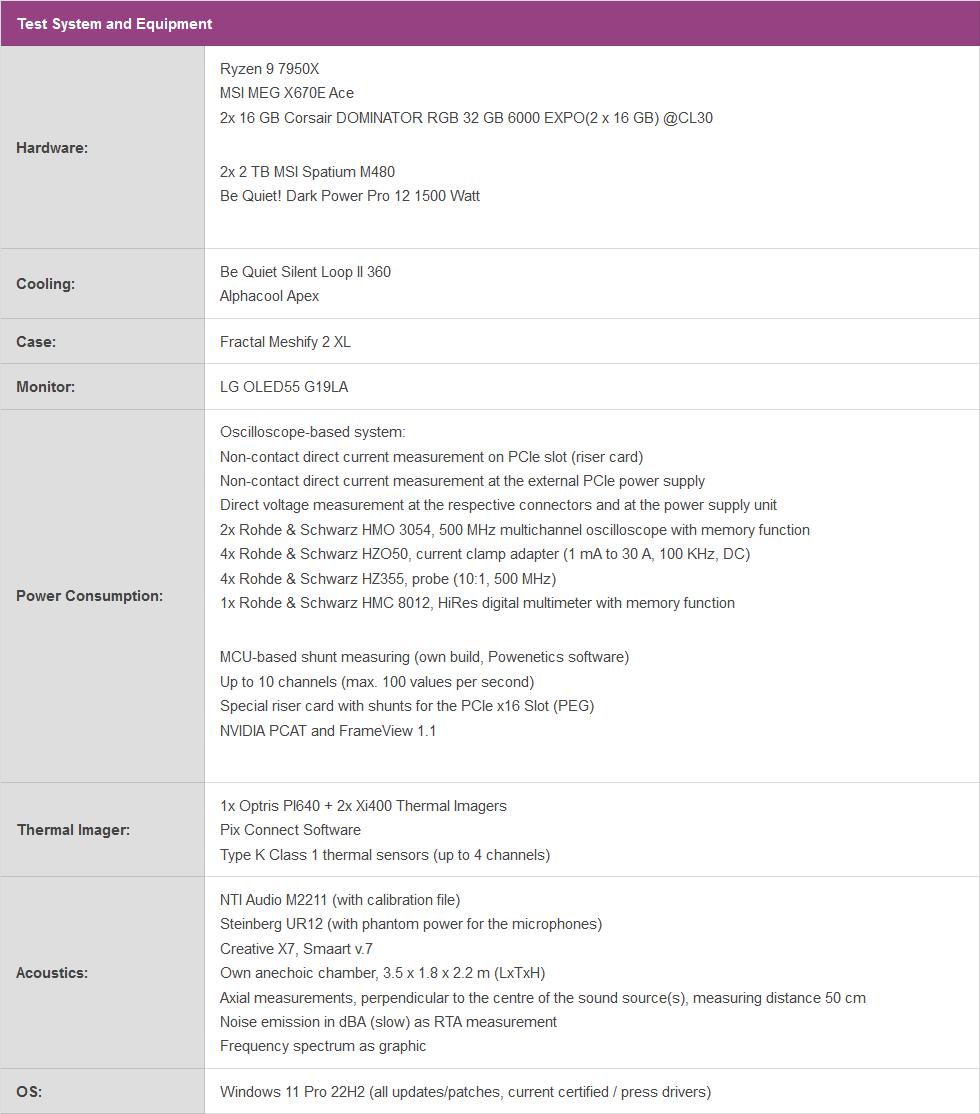
- 1 - Introduction and overview of Navi32
- 2 - The cards from AMD, Sapphire and XFX at a glance
- 3 - Test system and the igor'sLAB MIFCOM-PC
- 4 - Teardown: PCB and components
- 5 - Teardown: Cooler and surprising material analysis
- 6 - Gaming-Performance in Full-HD (1920 x 1080)
- 7 - Detailed Metrics for Full-HD (1920 x 1080)
- 8 - Gaming-Performance in WQHD (2560 x 1440)
- 9 - Detailed Metrics for WQHD (2560 x 1440)
- 10 - Details: Power consumption and load balancing
- 11 - Load peaks, capping and PSU recommendation
- 12 - Temperatures, clock rates and infrared analysis
- 13 - Fan curves and operating noise
- 14 - Summary and conclusion















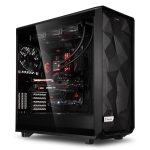
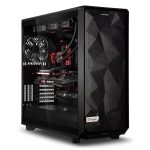
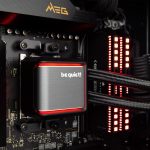
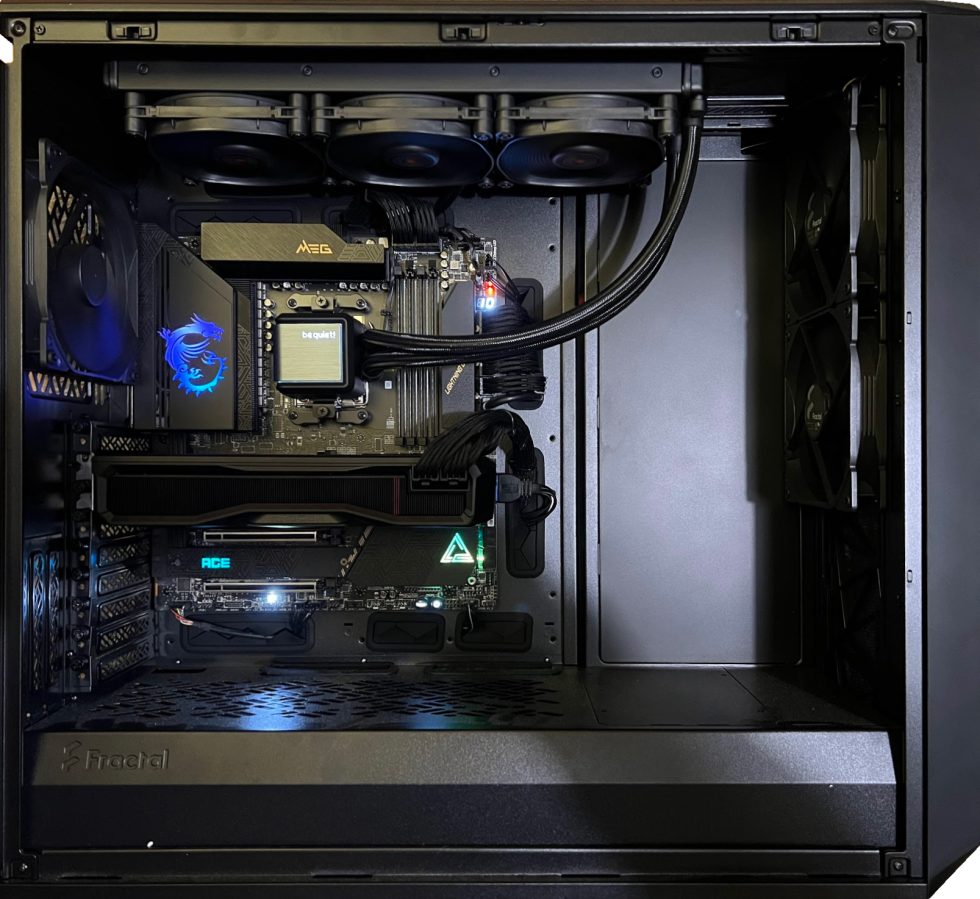
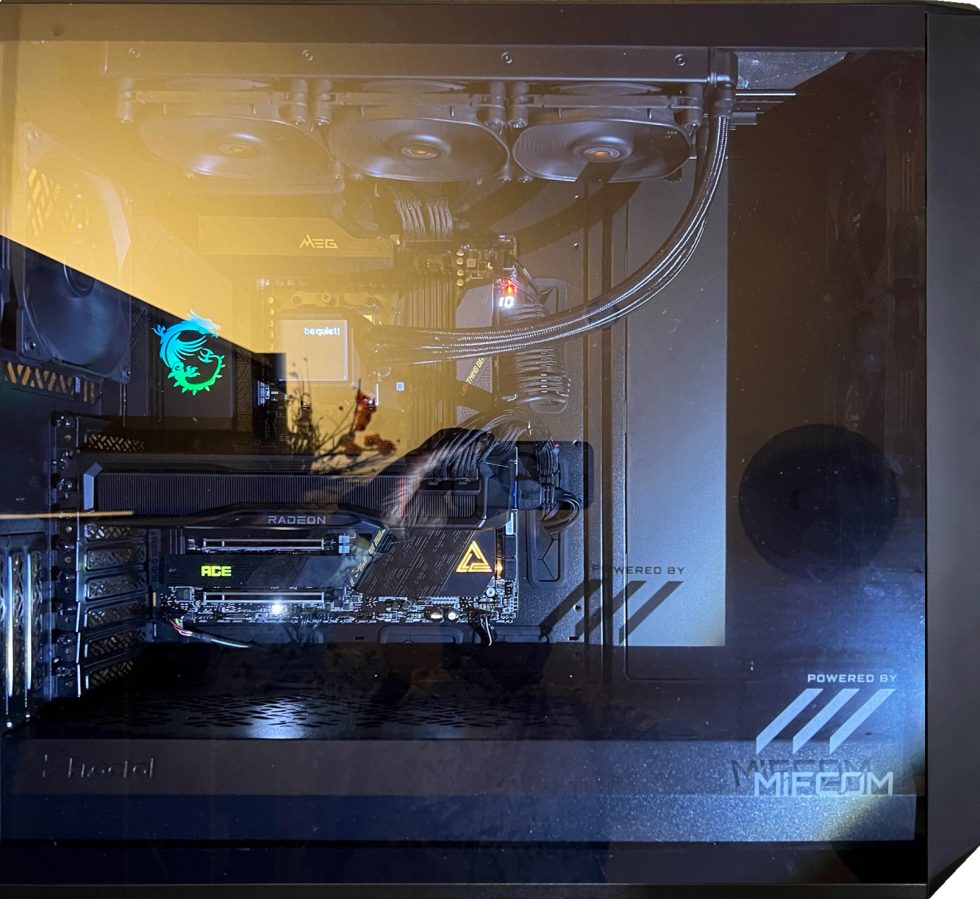
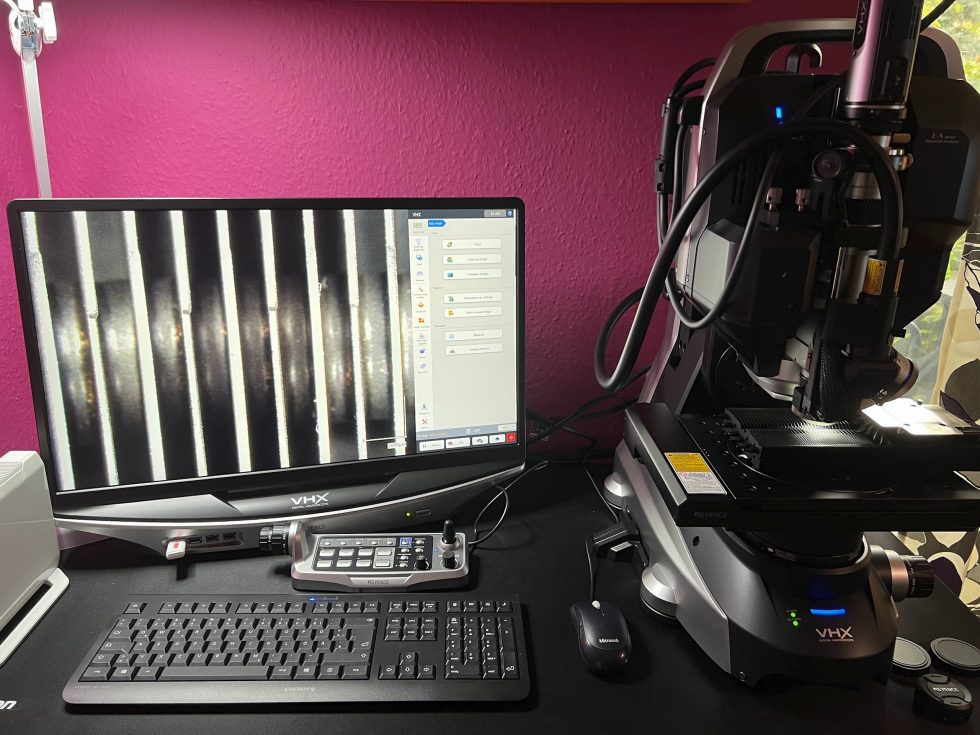
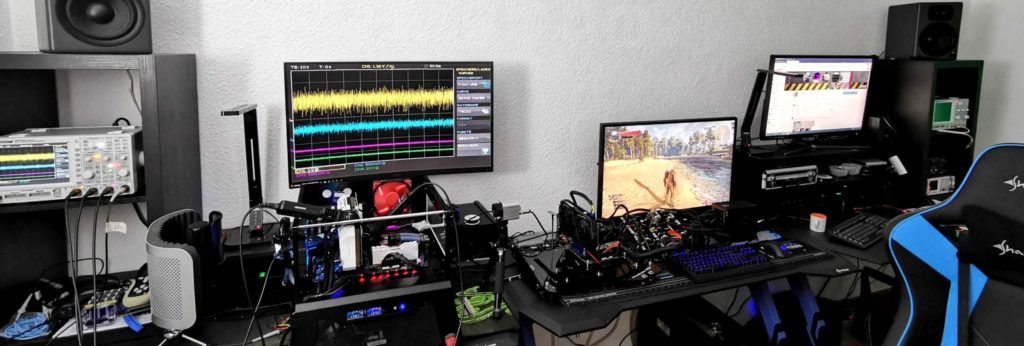
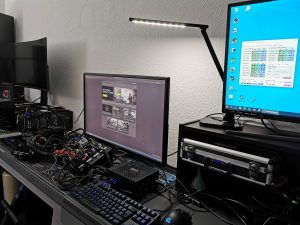
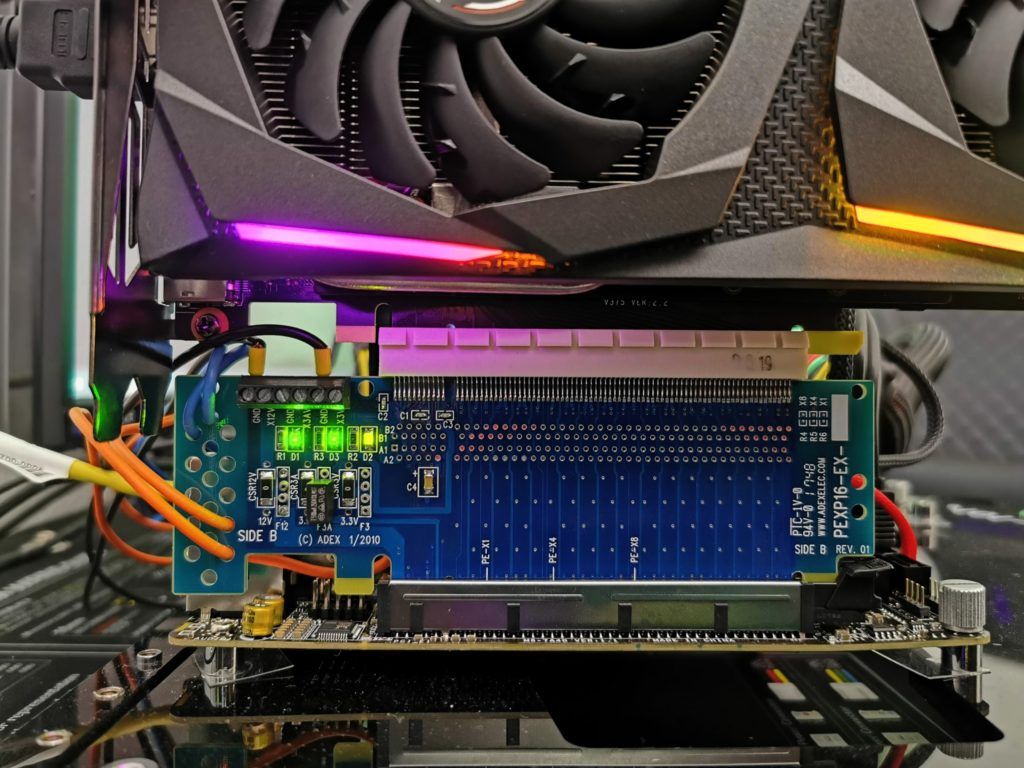
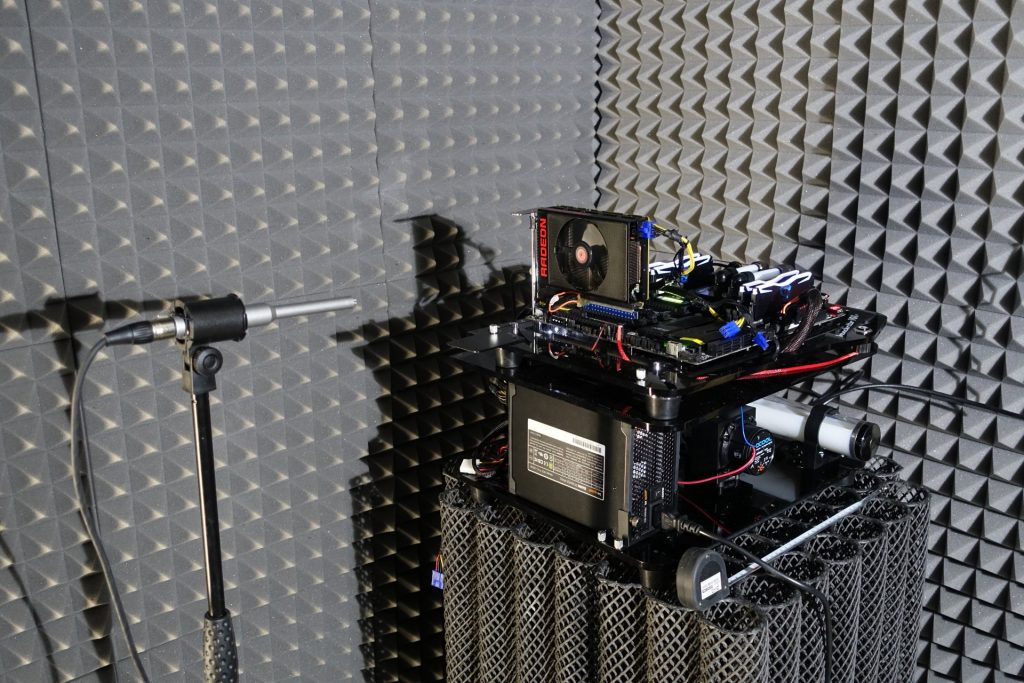


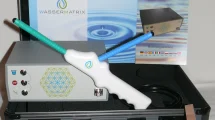















167 Antworten
Kommentar
Lade neue Kommentare
Urgestein
1
Urgestein
Urgestein
Urgestein
Mitglied
Urgestein
1
Mitglied
Veteran
Urgestein
Veteran
Veteran
Mitglied
Urgestein
Veteran
Veteran
Urgestein
Alle Kommentare lesen unter igor´sLAB Community →